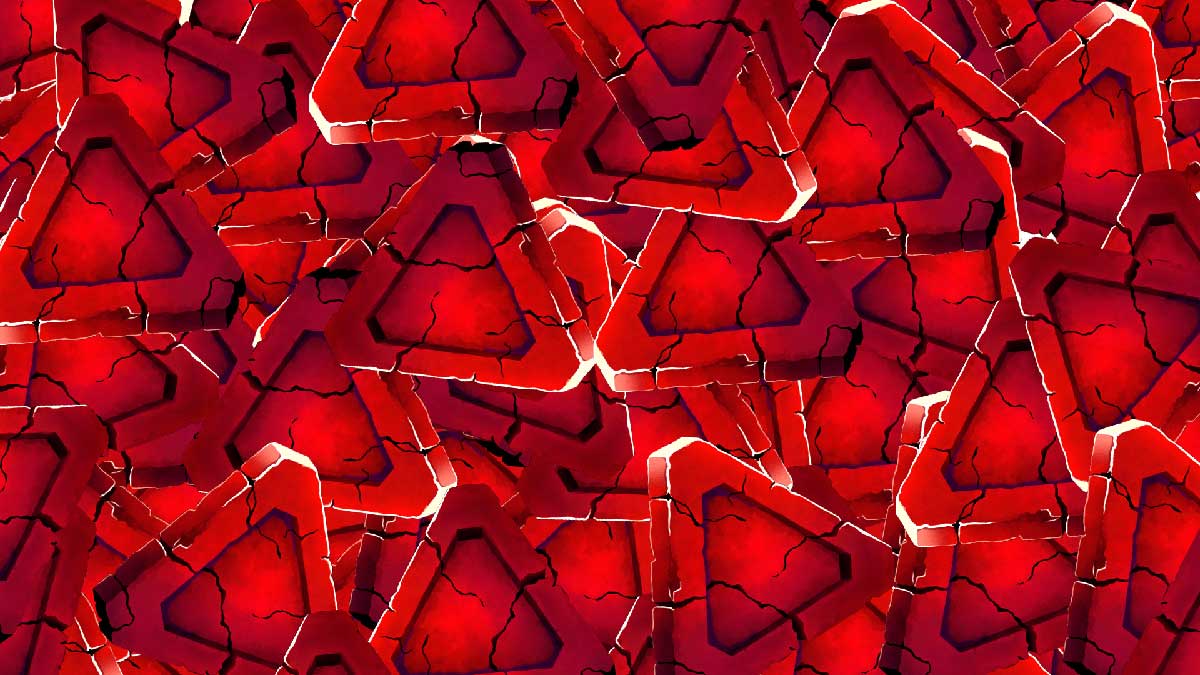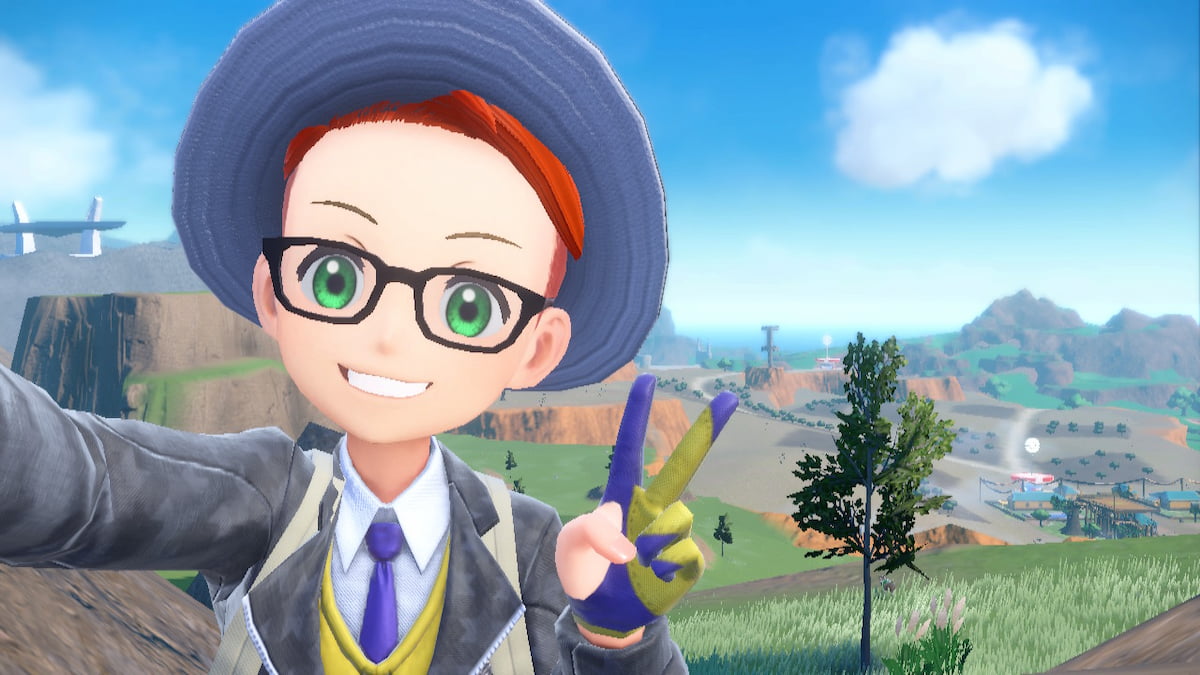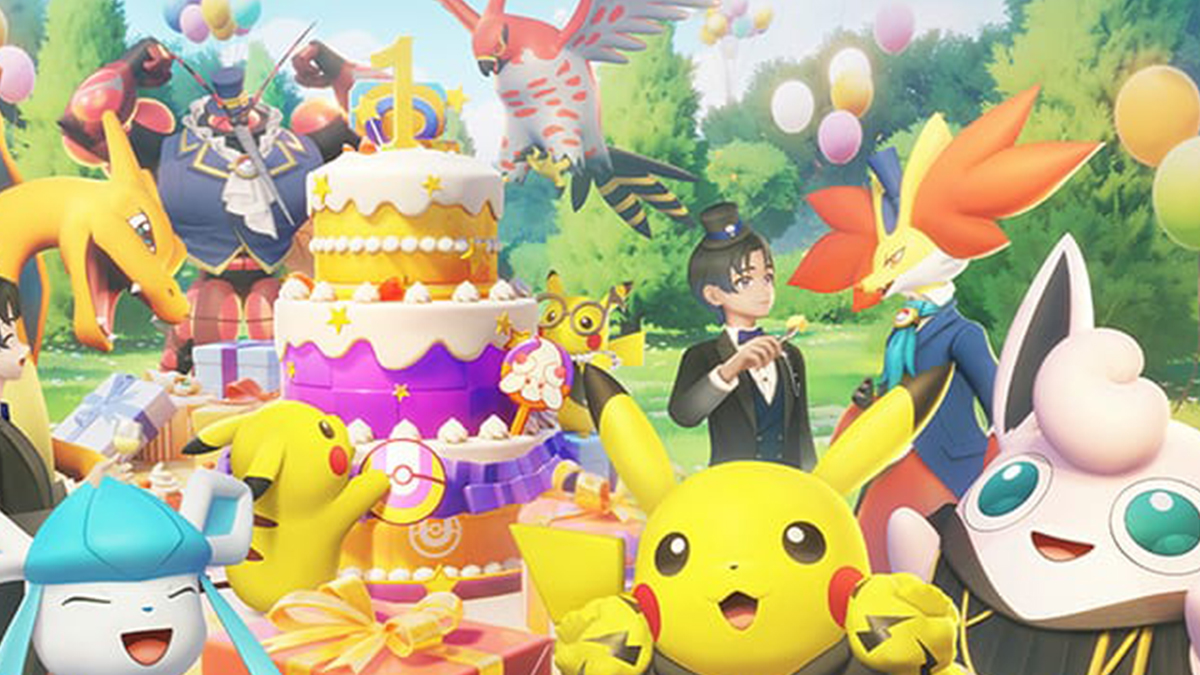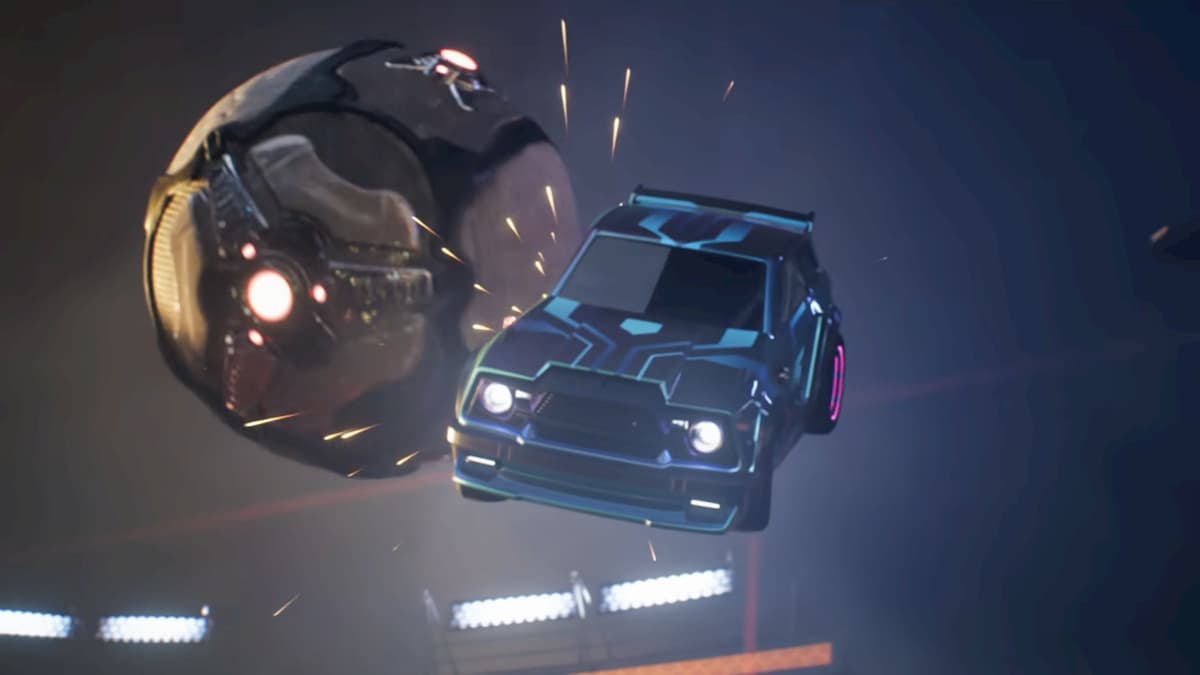Arcade goodness but is it up to the same standards as Mario?
Poor Sonic. Gaming’s favorite (and only) blue hedgehog has been having a torrid time of late. SEGA’s attempts to bring the mainline Sonic series into the difficult realm of 3D successfully have been questionable. It’s easy to see that you’ve been having trouble modernizing Sonic when the best game to feature the hog in the last ten years has been a collaboration with fans of the series that looks like the original 90’s games (Sonic Mania). To compound the hog’s reputation further, the release of the Sonic movie trailer the last month left a lot to be desired. Bluntly put, it looked terrible.
Somewhat of a surprise though, the second best game in that same ten year period was SEGA’s second attempt at putting Sonic in a racing car. Developed by Sumo Digital and released in 2012 on the Xbox 360, PS3, WiiU, PC and both handhelds at the time, Sonic & All-Stars Racing Transformed was something of an overlooked hit.
Smooth gameplay, great to look at and it had the same type of charm that came when Naughty Dog put Crash in a kart on PS1. The concept of putting Sonic in a kart racer is equally silly considering that he’s known for mostly being the Flash of video-games, but it turned out to be one of the best arcade racers of the previous console generation.
Seven years on, and SEGA has brought us a follow up in the form of Team Sonic Racing, once again developed by Sumo Digital and available on all major formats.
As the name would suggest, this version is very much a team affair. You and two teammates (AI controlled in single player) duke it out on the track for the win, but winning as an individual is not the goal here. Racers receive points based on how where they finish in the race, but the final standings are calculated as a team. This means that you can finish first and get top points, but if your teammates finish bottom, then there’s a good chance one of the other teams has pipped you to gold.
Playing the game tactically is the best way to go, and the game offers several avenues to do this. First, there are three different types of racer available: Speed, Technique, and Power. Speed is the quicker overall racers, with the highest top speed, and fairly balanced statistics in other areas. Technique sacrifices top speed for quicker acceleration and better handling over the other two classes and is unaffected by the terrain you drive on. Power is slower and is less sharp around the corners, but the beefier car allows you boss other players around more while also powering through obstacles that may lead to shortcuts, and also has some unique Wisps (the name of the pickup items) for use.
Initially, it doesn’t seem like much difference between Speed and Technique racers other than straight-line speed, but adapting to tracks through drifting does seem to show the Technique classes a more agile approach. Power’s use comes in how frequently you can get the unique Wisps and how knowledgeable of what shortcuts are available.
Using each class to their strength as a team is where you will find purchase here. The racing is fast paced, and the drifting becomes easy to get used to thanks to the responsive controls. If you’re playing in a team where one of you is struggling with a certain class, rotating players to different classes to offer a better balance of skill will be of more benefit to your team than one player being by far the best Technique racer while your Power man is having a hard time.
Items can also be used tactically beyond simply hitting your intended target. You have the standard weapons and power-ups that you expect in any kart-racer from boosts to rockets and pulses to knock your opponent’s trajectory. However, instead of using them, you can also offer up your Wisp box to a teammate. This is particularly helpful if you are leading a race, as offering a power-up to a fellow member can present an opportunity for them to come back in line with you at the front of the pack. This also includes the Wisps unique to the Power Class, bringing value to this racer if they can consistently pick up Wisps throughout a race.
Other actions can also help build your team’s lead. Slingshot boosts are generated by following the slipstream of your leading teammate and provide a more significant boost with the longer you can hold the line. Skimboosts will provide a slight boost when clipping your teammate as you race past them, especially helpful if they have just spun-out. There’s also a team Ultimate meter, built up by working together through the team mechanics, such as the sharing items and following slipstreams. Once full, the Ultimate will make your team invincible and place you your whole team at full speed for a small period, with extra time if you can boost while all next to each other.
Rings can also be collected to boost your top speed, although there doesn’t seem to be a limit to the number you can collect, and collecting more will boost your score at the end, meaning more credits will be awarded, which will be a touch on later in this review. You can also perform tricks while in the air with the right analog stick which will give you a boost on landing. Mistiming a trick can cause you to crash and lose your rings, but pulling them off is fairly simple.
These mechanics encouragement of team play and balance offer a more nuanced approach to kart racing in comparison to Sonic’s long-time console rival Mario’s Kart racing affairs. Races see plenty of action without being too hectic (even with up to 12 racers) and are often very enjoyable to chain together multiple drift lines to maximize end boosts. There is some rubber banding with the game’s AI, like Mario Kart, but the team element hides it well and forces you to contribute to your team’s efforts more than playing selfishly with items.
The game’s level design though isn’t quite as up to scratch as Mario’s offerings. You will experience plenty of familiar looking themes in the Sonic World on every track in the game, but the tracks themselves, while competent and still offer some fun to play on, pale in comparison. Too many of the tracks offer wide and straight stretches that don’t add anything to the track, and also lack obstacles that would otherwise test driving skills. Every track has multiple routes you can take but not enough in the way of secret shortcuts or variation to keep them interesting for long. Doctor’s Mine stands out as probably the best of the tracks, but compared to Mario Kart’s history of fantastic courses, Team Sonic Racing feels like it could have done much better.
The game’s main mode (outside of multiplayer) is the Team Adventure mode, a light story offering that explains how Sonic and friends came to be on track. This is all fluff that’s not worth concerning with, but it does overworld of the game, presenting different modes and challenges as you progress further into the adventure.
Most of your races will be the standard team racing format, but challenges modes such as survival and coin collecting stages keep things a little fresher. Each stage comes with objectives to complete to earn stars for each stage, while secondary objectives earn keys which are required to unlock some of the bonus elements of the game. These objectives can be anything from finishing first individually to picking up a certain number of rings throughout a stage and item related goals. The format is nothing new, but it at least keeps with the Sonic theme and does allow for steady progression. It may become a little tiresome later on as tracks repeat, but this criticism can apply to pretty much any racing game as you’ll always run out of fresh tracks eventually.
Graphically, the game is impressive. Environments are detailed but retain the bright and colorful art style that is typical of modern Sonic games. The animation is also fairly smooth as you drift and jump your way through tracks, and there were no obvious bugs that stuck out during play.
It’s presented in a similar style to Mario Kart too, with bright clear menus that allow you to get through to a race quickly but offer some depth to the racers wanting to check out their performance over their time with the game. The menus and races could have done with some more distinct musical tracks to keep the races feeling fresh (something that Mario Kart does very well), but this is a minor gripe.
The same can’t be said for the English voice-acting, which is poor across the board (Knuckles, in particular, sounds like a middle-aged American man), though thankfully you don’t have to listen to them throughout your time with the game if you ‘d prefer not to.
Throughout races, you will also earn credits that you can use to purchase Mod-Pods, random items for characters that will either act as a cosmetic item to help customize your racers or provide performance adjusters. For example, switching to a new set of tyres can provide a small boost to your acceleration, but comes at the cost of handling performance. Item boosts that can allow you to receive more of them per pickup, or to start with an item can also be picked up from Mod Pods.
This method of progression for parts is disappointing to see. As every character has different racing cars, all of the parts available for each racer is separate when opening Mod Pods. You can’t use the credits to buy the parts that you want for your racer simply. There’s no option to buy extra credits, so the only way to unlock every mod for each character is by playing the game. Considering the number of parts that are available to each racer, you can expect a grind for the parts to a character that you want unless you get very lucky with opening pods.
Mario Kart’s play for progression seems like a much less oppressive approach to offering parts for customization. Random elements almost always go hand in hand with the grind, and in a racing game starring SEGA’s most treasured character, it shouldn’t need to feel that way.
Thankfully, this doesn’t overshadow the best element of the game, which as with most arcade racers, is multiplayer. Highly competitive and extremely fun in the same way that Mario Kart and Crash Team Racing are, in both up to four player split screen and online, the quality of the action is close to its rivals as you duke it out in your teams to collectively take first. The team element means that even when falling off the track multiple times or taking weapon hits left, right and center, you have a genuine chance of catching up to your teammates with their help and pushing close rivals.
It’s very much a friend ender, but in the good way that only a Kart racing game is.
And for that reason, Team Sonic Racing is a game that should get fans of arcade racing excited. Its issues keep it from hitting the same levels as Nintendo’s rival racer, but as a package, the game offers plenty of drifting thrills and enough competitive racing, especially with its emphasis on teamwork, to keep players entertained for a good time. It is also a great option when you need a game to play with friends at home on the same couch.
Whether it’s good enough out-shine Crash’s Racing Remaster coming up next month remains to be seen, but until we get the new installment of Sonic Mania, this is probably the best Sonic will be. That said, we still don’t know why he doesn’t just run instead.
Disclosure: Our PlayStation 4 review copy of Team Sonic Racing was provided courtesy of SEGA.







Published: May 17, 2019 01:01 pm